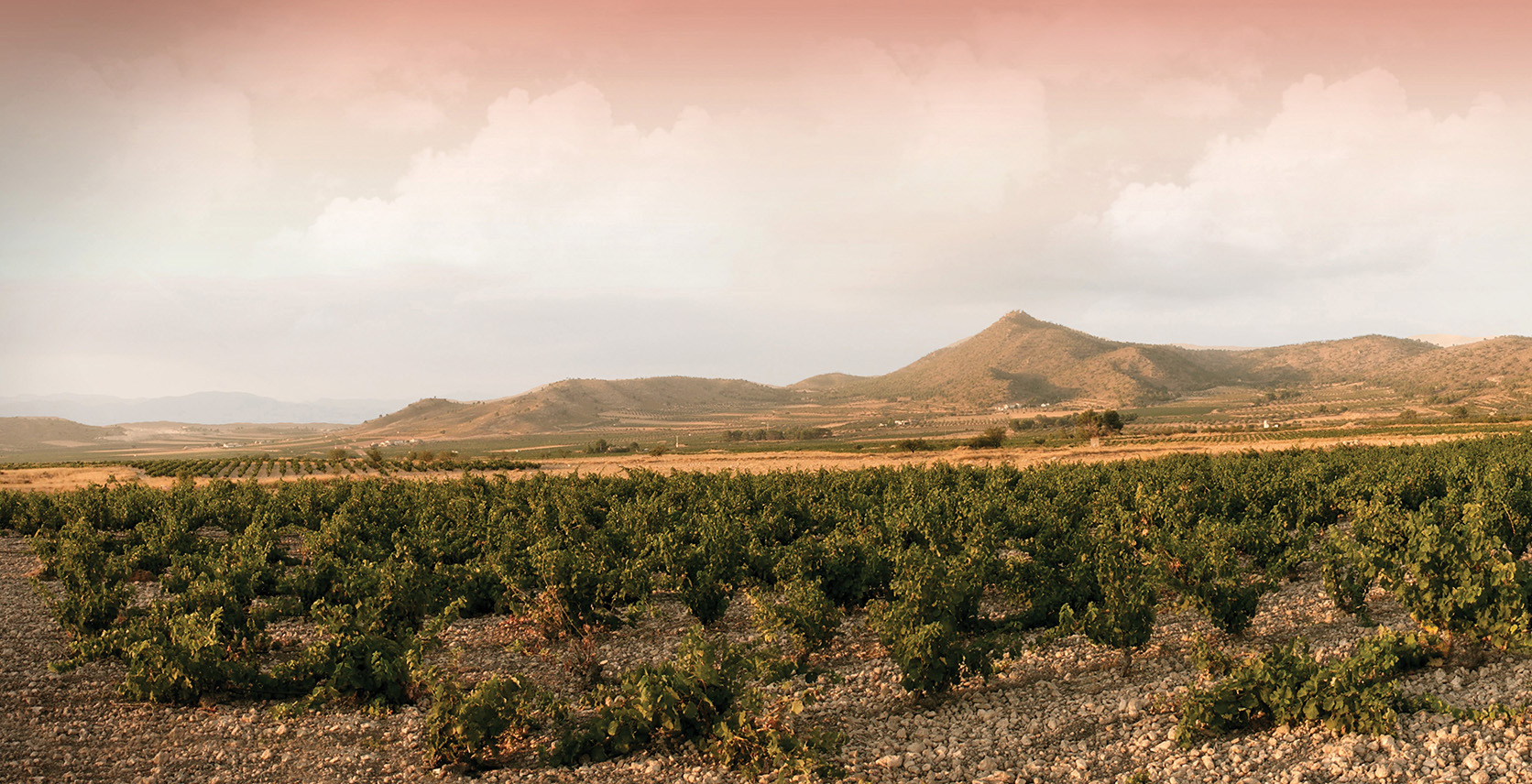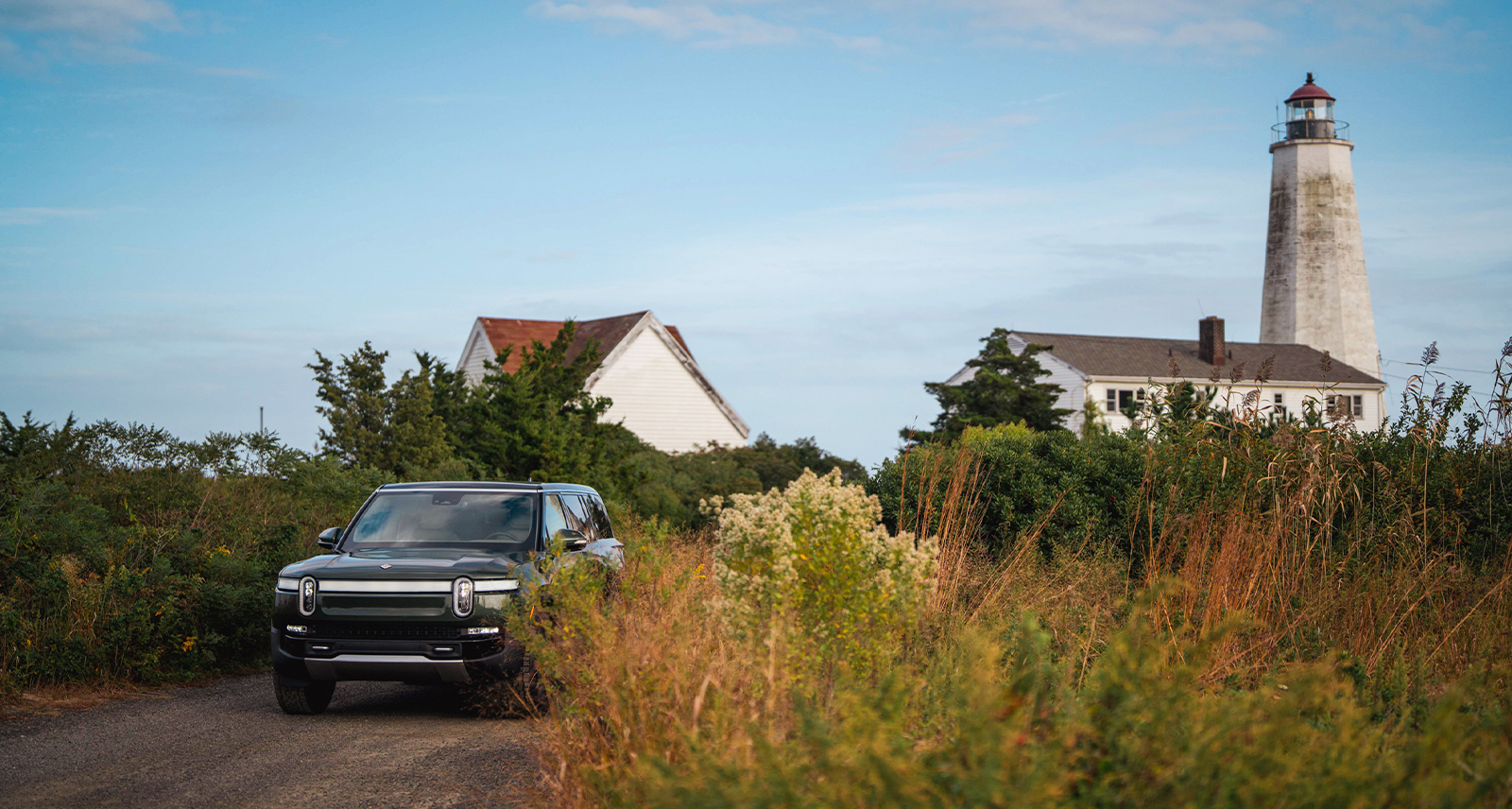Where to Drink in the Best of Spain’s Booming Wine Scene
When it comes to winemaking, Spain’s legacy is often overshadowed in the international market. Until recently, that is. The tides started to turn back in 2013, when CVNE’s Imperial Rioja Gran Reserva 2004 blend earned Wine Spectator’s Wine of the Year award. Now, thanks to the efforts of wineries like CVNE and Hammeken Cellars, Spain has become a place where experience and edginess converge — less traditional than France, but less wildly experimental than Chile.
Credit the country’s new generation of winemakers for blending centuries of knowledge with fresh perspective. CVNE, for instance, was recently passed on to the great-great-grandchildren of the company’s founders. The outcome of this new era is varietals with familiar character but distinctive flair — modern riojas aged in French oak rather than the more customary American oak, for instance, or wines made from 100 per cent Monastrell, a tannin-rich grape traditionally used only as part of a blend.
A few of these reds are even beginning to make their way to Canada. In October, the LCBO will launch Hammeken Cellars’ El Gringo, a dark red Tempranillo that pays tribute to the American movie stars who resettled in Spain after shooting Westerns in the Tabernas Desert. But the best way to enjoy the new taste of Spain is still to, well, fly to Spain. That way, you can also enjoy the landscapes that form the country’s most scenic wine regions: the Ebro River Valley and the Mediterranean Coastal region. To help you make the most of a two-part wine tour of north and south, we’ve flagged the two destinations along the journey— Logroño and Dénia — most worthy of raising a glass to.
THE WINE REGION: LA RIOJA, IN THE EBRO RIVER VALLEY
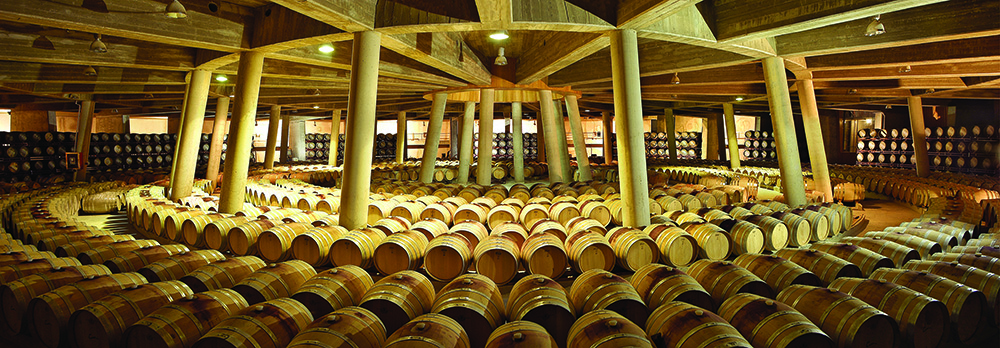
Sheltered from cold winds and rain by the craggy Cantabrian Mountains, the vineyards in this northeastern stretch of Spain experience a particularly long growing season that gives their grapes a more full-bodied taste. CVNE, for its part, draws Tempranillo, Graciano, and Garnacha grapes from both the region’s western Rioja Alta and northern Rioja Alavesa sub-regions. The former zone’s calcareous soil makes for wines well-suited to aging, while the latter’s clay makes for wines that tend to develop a pleasant fruitiness.
THE DESTINATION: LOGROÑO
Good news for gourmands: the capital of La Rioja province is also an unexpected culinary capital. Plus, it’s a short hour-and-a-half drive from Bilbao, meaning you can plan a quick detour to the Guggenheim to admire its hallway of Richard Serra sculptures on your way from the airport.
DRINK:
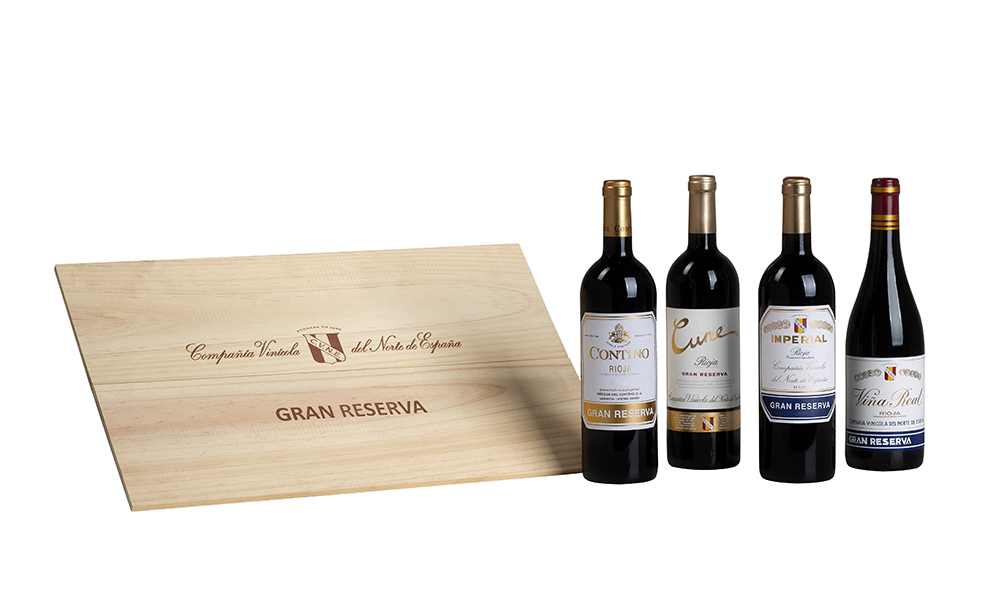
Modelled after a wine barrel, CVNE’s futuristic Bodega Viña Real facility employs tiered tanks and a high-tech system of cranes to make wine using a rare “gravity-flow” process. Translation: better preservation of natural flavours. Afterwards, bottles are stored and aged in naturally temperature- and moisture-controlled tunnels drilled into the surrounding rockface.
STAY:
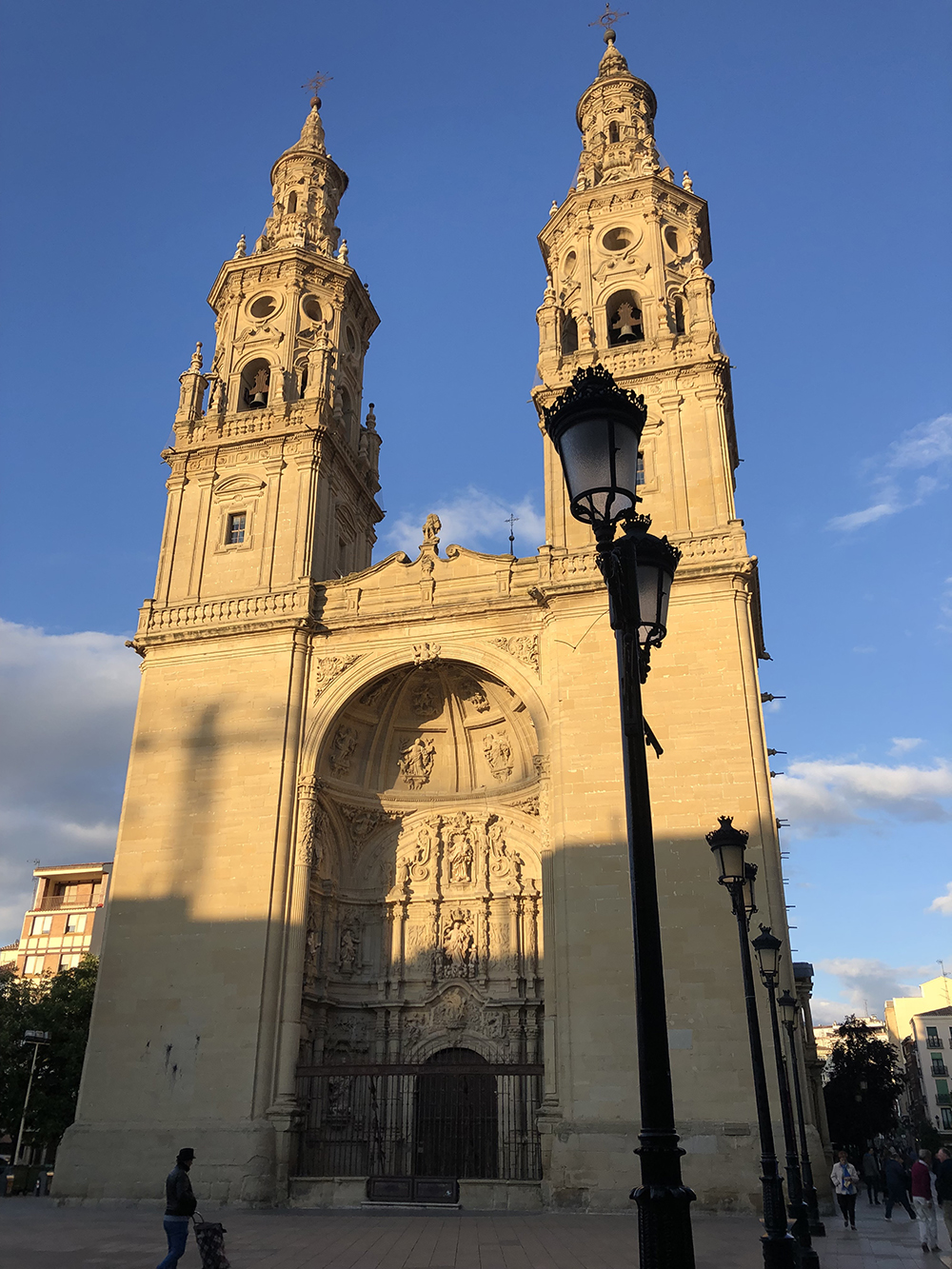
Just around the corner from Logroño’s town square and Cathedral of Santa María de la Redonda, Hotel Calle Mayor restores a 16th-century palacio. Take a jog along the nearby Ebro River, then soak in the James Turrell–esque neon glow of the basement hot tub.
EAT:

Logroño is renowned among Spain’s culinary elite for Laurel Street’s acclaimed taperías, each of which serves its own specialty. The highlight: Bar Angel, where a deceptively simple dish — grilled shrimp and mushrooms atop garlic toast — proves unexpectedly heavenly.
THE WINE REGION: THE MEDITERRANEAN COAST
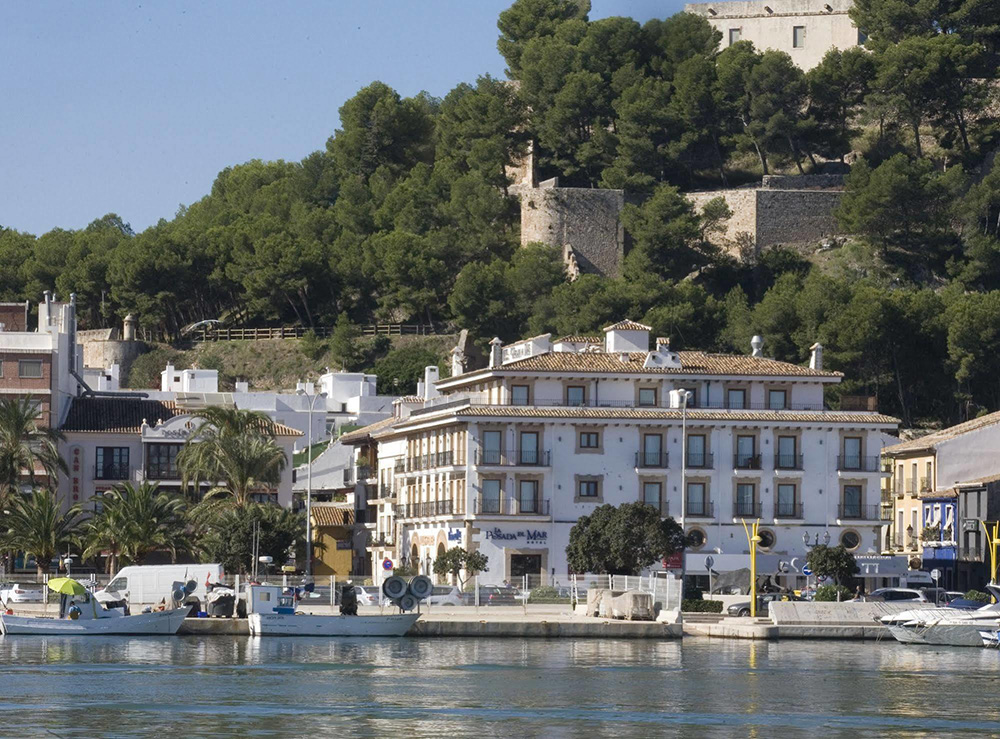
The desert-like towns of Jumilla and Yecla are Spain’s main producers of the Monastrell grape, sought after for its balance of meaty and dark fruit flavours. Since Jumilla didn’t suffer the same destruction caused by the phylloxera pest in other areas, the town’s vineyards still grow ungrafted Monastrells — a rarity that results in a distinctively gamey taste not found in Monastrells that have been fused with American roots to resist the pest.
THE DESTINATION: DÉNIA
Best known as the place where you catch the ferry to Ibiza, this seaside city is actually an underrated vacation destination in its own right — and one home to a mighty castle, Castillo de Dénia. Expect an hour drive from Valencia airport, itself an easy hour’s flight from Bilbao.
DRINK:
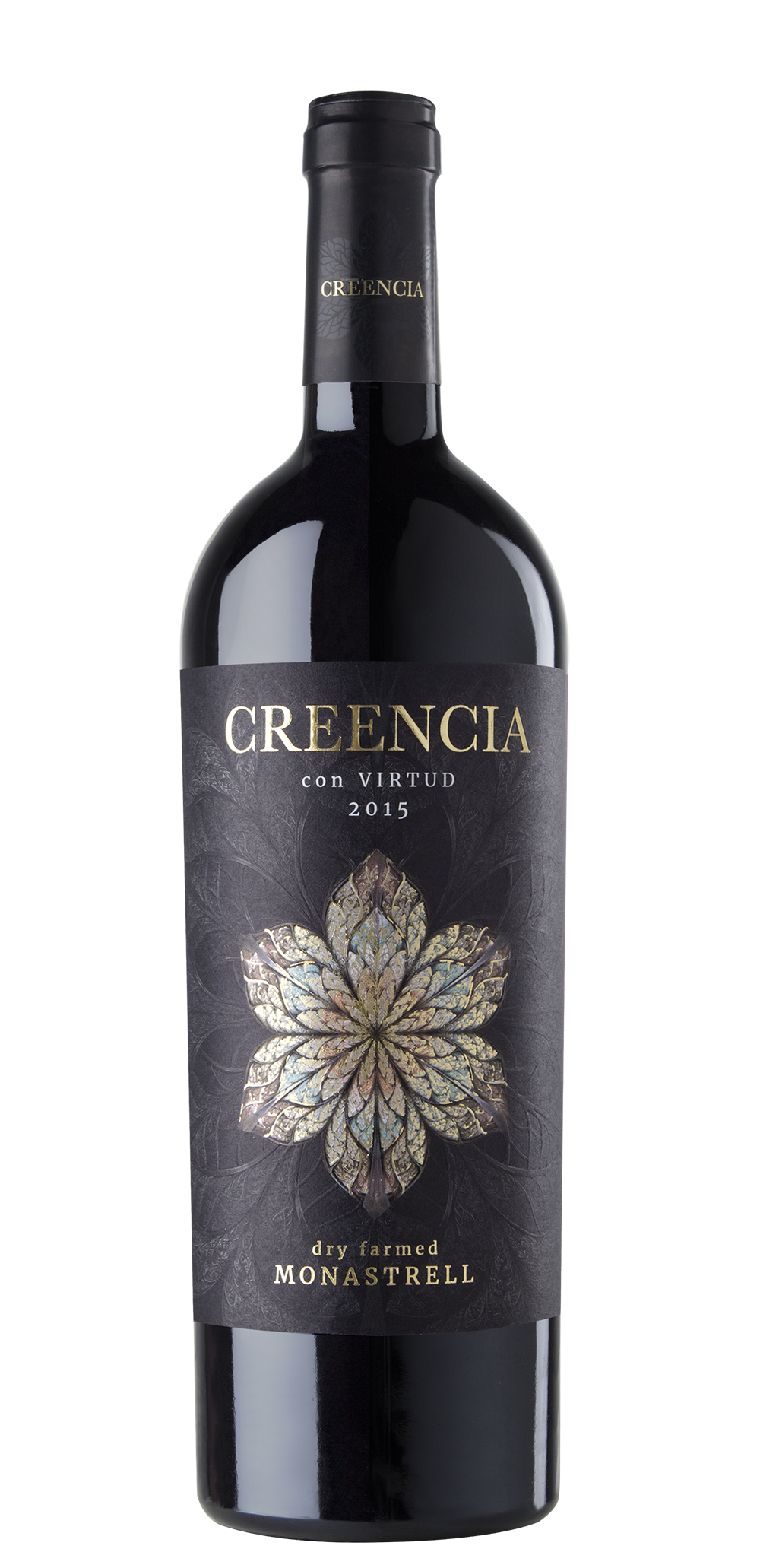
Sip your way through the best offerings from Dénia-based Hammeken Cellars, including Creencia and Gran Pasas Monastrell, at Bodega Casa Benjamín while enjoying a spread of cured anchovies and grilled artichokes. And take care to admire each bottle’s label while you’re drinking — Hammeken designs each one to be its own work of art.
STAY:

Wake up to a view of the Mediterranean Sea at La Posada del Mar, a grand hotel in a 13th-century building just a short walk from Les Marines beach. When the mid-afternoon heat gets intense, stroll the boardwalk with a bottle of Spanish horchata, a local version of the refreshing milk drink made with tiger nuts instead of the usual rice.
EAT:

Sprawling outdoor complex Els Magazinos walks the line between classic European market and modern food hall, with tapas stalls, a rooftop beer garden, and a full-service restaurant built into a 17th-century warehouse. Your best bet: the codfish at Croqueteria Qmcomo.
